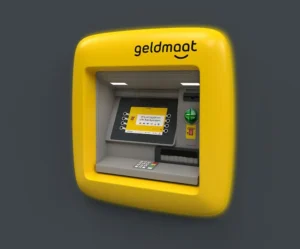It is no secret that over the past two decades, the evolution of digital transformation has impacted businesses far and wide. If you do not keep up, you may be left behind. Automation and digitalisation go hand-in-hand, making typical manual tasks easier and faster. It is vital to move with the market to remain competitive. You may have seen your competitors slash overheads and surge productivity. Now, it is even more difficult in the fight for market share. Of course, there are challenges when implementing automated reconciliation as traditional accounting dates back to the 15th century. Therefore, there is no surprise resistance to change is commonly present. However, modernisation is essential, and it is critical right now.
Reasons to Automate
Many manual tasks within your organisation are resource-intensive. Time is money. Automation equips you with the ability to produce more in less time. Meaning you can service more customers in less time, with fewer resources. Every automated task not only improves productivity but frees up time for accounting staff to focus on strategic projects.
Staff have boosted morale, those hours spent staring soullessly into spreadsheets have depleted. Research has shown that 81% of UK accounts can save 2-working-hours per day with the automation of bookkeeping tasks. With Sonas, staff members have more time to utilise their expertise and their strategic abilities. In return, you have added value, boosted morale and increased strategic agility.
Automation technologies and software mean one thing, data. How many times do we have to hear the word data before we begin to take it seriously? The automatic processing of accounting data creates a comprehensive data trail. Data can now be transformed into meaningful reports and analytics, giving you transparency and data visibility.
Why take pointless risks? Automated reconciliation reduces risks. Manual reconciliation of spreadsheets is a tedious task. A task that consumes many of accountants working hours. It is hardly a surprise that human error is frequent. Additionally, if accounts do not have 100% transparency, how can they be expected to give 100% accuracy? Fortunately, automated reconciliation is gifted data visibility, which in turn, gifts precision to accountants. Developing exceptions can be avoided. The resolution of unavoidable exceptions is a breeze due to their transparent source of error. Write-offs, turn-off.
So, How Does Sonas Automated Reconciliation Work?
Sonas’ automated reconciliation solution overcomes the specific issues faced when reconciling Self-Service Terminals (SST) and related accounts. Let us take a deeper look at the process.
- Whether through our mobile app or a customisable API, Sonas records and tracks your data. Thus, creating a compressive and transparent audit trail.
- From the point of entry of data, Sonas automatically reconciles your SST cash journey. Therefore, maximising accuracy, reducing business risk, saving time and boosting morale.
- Any other data? We have got you covered. Sonas’ transactional reconciliation provides automated reconciliation of complex data files with different formats.
- With Sonas’ exception management, not only is the number of your exceptions reduced, but it is now easy to investigate and resolve them with source data readily available. Consequently, you have reduced business risk as worrying write-offs are no longer necessary.
- Sleep easy at night with Sonas’ automated analytics and reporting. You supply the data. Sonas does the rest. Have complete transparency with visual graphs, equipping you with the knowledge for root-cause analysis, monitoring business performance and data-driven business decisions.
Contact us today.






